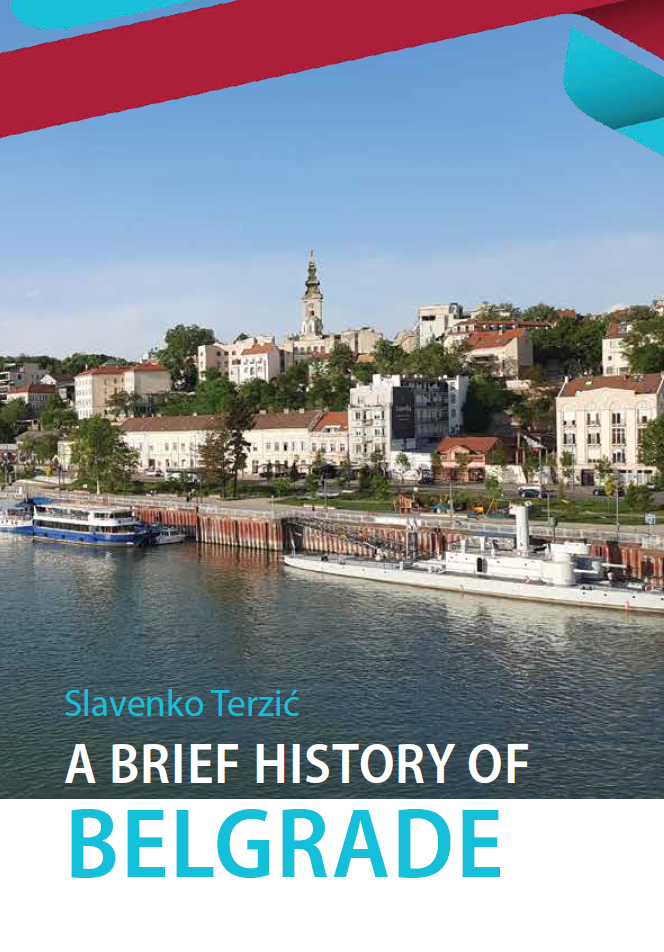Stories from Kovacica
We are quite sure that your curiosity and love for art at least once took you to the center of the naive, Kovacica. This time we decided to spend a sunny March day in this picturesque village where we enjoyed the hospitality of the locals, the unique naivety and all the beauty that this art hides and excites every time.

Naive art from Kovačica or Kovačička naiva is the name for the school of naive art that developed in the village of Kovačica. Kovačica is of great importance on the map of world naive painting and represents a kind of metropolis of naive art. This small village has amazed the world with its art, and especially painting, for more than forty years.
Naive painting in Serbia originated in the fourth decade of the 20th century, in a historical period in which there was a discrepancy between formal art and the current development of Serbian society as a whole. By painting independently and with the emotion and bringing to the canvas feelings for the archaic and mythological, with the characteristics of spontaneous artistic expression and visibly emphasized importance of the theme in relation to the structure of the painting, naive painters in Serbia filter their own life experience through the feeling of life, traveling through time, and in the mythical world that has been a reality for countless generations.
The first naive painters were Martin Paluška and Jan Sokol. The first gallery was founded in 1955 in the House of Culture and it was also the first painting gallery in the former Yugoslavia. and the most important representatives who celebrated Kovacica on all meridians of the world are Zuzana Halupova and Martin Jonas. Zuzana was a member of UNICEF and painted primarily children, and UNICEF printed postcards in millions of copies with the motives of her paintings.

Categories
What did we visit during our stay in Kovacica?
Arriving in Kovacica, we headed to the gallery "Babka", where we were greeted by its founder and owner Pavel Babka. Thanks to the gallery, the works of the blacksmith naive were represented at many world exhibitions: EXPO 92 in Seville, EXPO 96 in Lisbon, EXPO 2000 Hanover, EXPO 2006 Aichi - Japan, International Fund in Washington, OSCE in Vienna, UNICEF in Geneva, UNESCO. Paris, etc. She also performed in Brussels, Strasbourg and Tokyo.
In 2001, UNESCO declared the Babka Gallery the world center for the publishing activity of naive painting, which is why we decided to experience naivety there and enjoy the exhibition of paintings "Small and Big Winters in Serbia" which takes place in this exact gallery and lasts until April 21, 2021. therefore, we warmly recommend it as an indispensable part of a visit to Vojvodina, of course with all the necessary epidemiological measures.
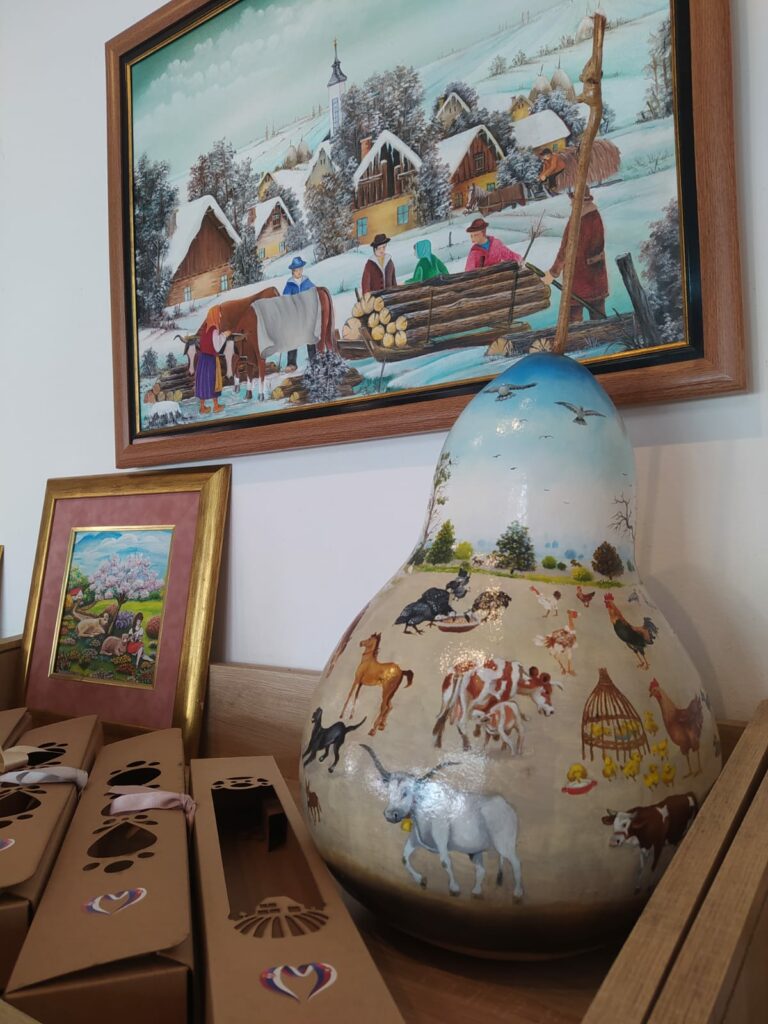
Pavel Babka greeted us warmly and in a very imaginative and impressive way took us through the gallery setting, the path of history and the importance of naive, and revealed the "little secrets" hidden behind every detail that naive artists presented in a unique way, conveying culture, customs and the ordinary life of the inhabitants of a village in Vojvodina through history and numerous generations that preserve and transmit this art from generation to generation.
Inspired by nature, peace and the way of life in the vast fields of Vojvodina, Pavel Babka explained to us how unique works of art of great value and significance are created. With a lot of love, talent and dedication, painters of naive art in Kovačica create them on canvas, shamliks and pumpkins.
Homeland, love, customs and depicting the rural way of life are common and inexhaustible motifs that inspire most artists of naive painting.
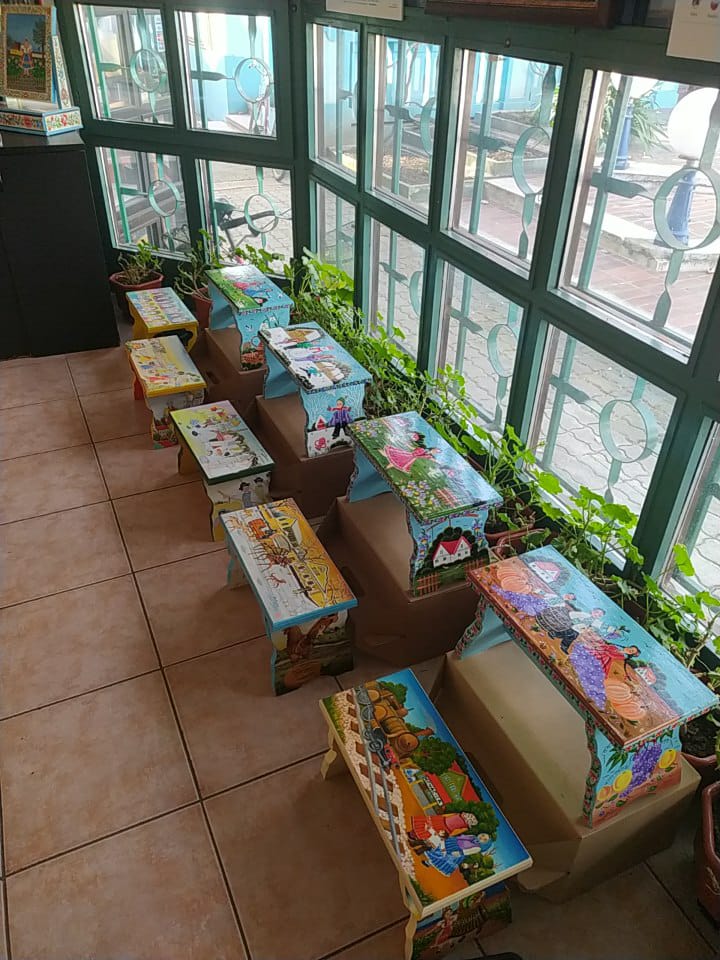
What particularly caught our attention was how the women were preparing for marriage, what the marital union looked like, as well as numerous pictures showing the relationship of a man and a woman in one small village, as well as the influence of women at that time, which had a great importance to the family. The customs, costumes and meaning of each piece of clothing, as well as the details that women wore as a sign of married life. Each painter gave a special stamp, and from his personal experience showed on the canvas numerous observations of that relationship, his fantasies, which were a bit eccentric and free for that period of time.
This is exactly the beauty of this art, which with each of its painting tells a story for itself, with vivid colors and details evokes the spirit of time, the most subtle feelings, thoughts, relationships and the beauty of life.
Babka Gallery left an indelible impression and took us through a time-laden time machine, and each painting completely authentically evoked every detail of life in Kovačica.
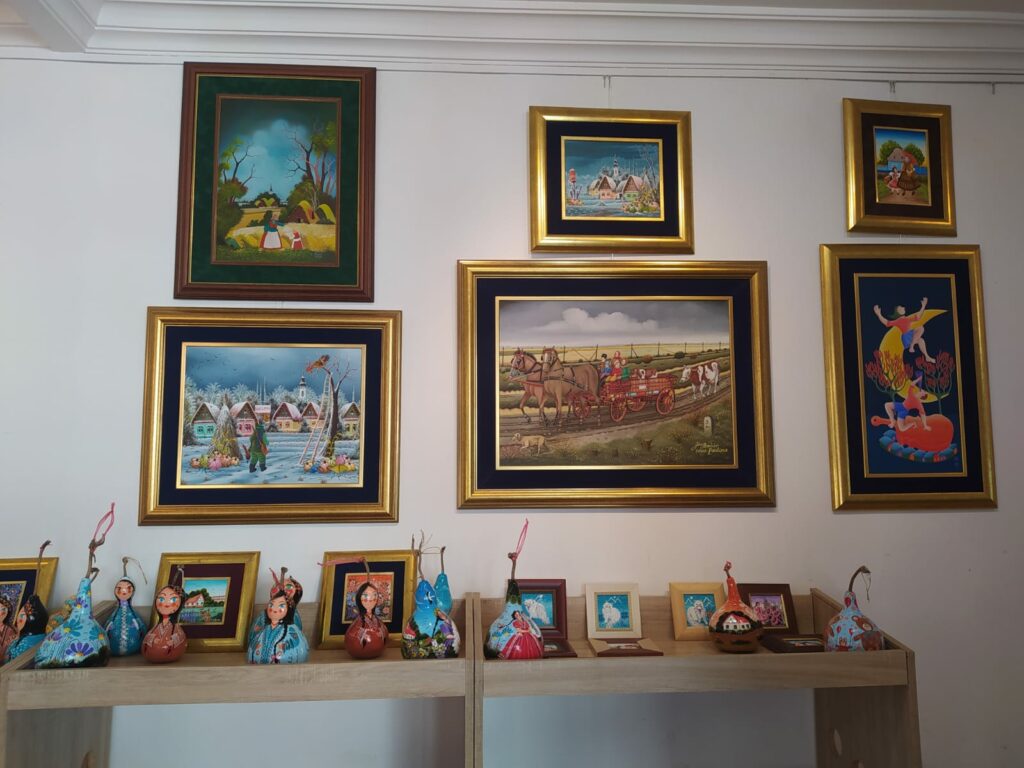
Under the significant impression of the naive and inexhaustible stories of Pavel Babka, we continued our walk through Kovačica, enjoyed the harmony, peace and beauty of this place, and the road took us to the charming home of the Nemček family, where Jan Nemček, a world-famous violin builder, lives and works by hand making these instruments, in the way they were created by famous builders, from Amati to Stradivarius.
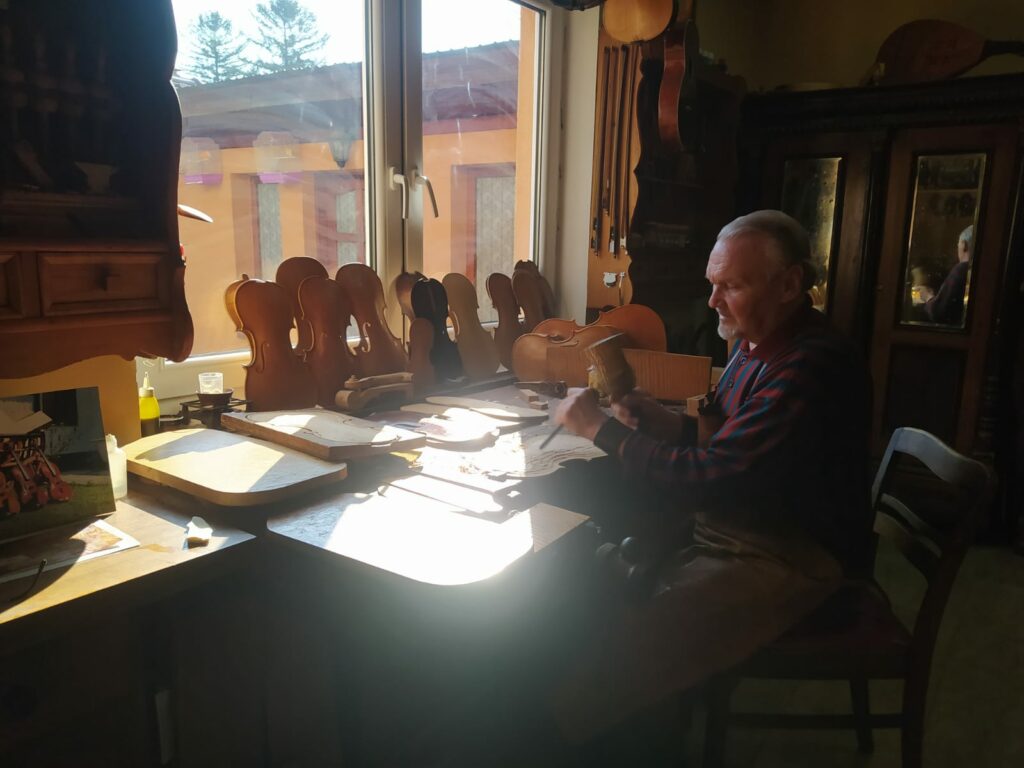
He explained to us what the process of creating this wonderful instrument looks like, from which wood the highest quality violins are made and how much love and time it really takes for such an instrument to shine on the stage and in the hands of some of the most eminent world and domestic violinists.
He evoked his passion for his work with a story that is based on the technology of old Italian builders, from Amati to Stradivari. It uses natural dried wood, natural varnishes, made without machines, making each instrument a unique piece of art. And that manual work lasts 200 hours, then varnishing for 10 months.
The most important thing is wood and its production, so he told us that it is not an ordinary maple. Those patterns weren’t done with a brush, that’s what nature did. It is important that the patterns are as pronounced as possible. The upper board is made of spruce, which is much more important in making this instrument. As he says, the maple is chosen with the eyes - the more beautiful the pattern, but the upper board is more important, which produces tone with vibrations.

Photo: Pavel Babka, Eva & Jan Nemček
He also restores old instruments. And in his rich collection, a violin from the 16th century shines, and one of the most beloved comes from 1510, from Turkey, and was given to him while he was in Slovakia.
Every year, the winner of the "Carevcevi Dani" festival also receives his violin.
The workshop of the Nemcek family is also visited by tourists from all meridians who come to the Gallery of Naive Art, but also use the opportunity to meet the famous violin builder from Kovacica, as we did and rounded off a beautiful day by staying in the true spirit of art through painting and creating the most beautiful. note.
Click for Serbia invites you to visit the magical Kovacica and enjoy the exhibition of naive "Small and big winters in Serbia" in the gallery "Babka" which lasts until April 21, 2021. and experience the skills and art of this direction.




